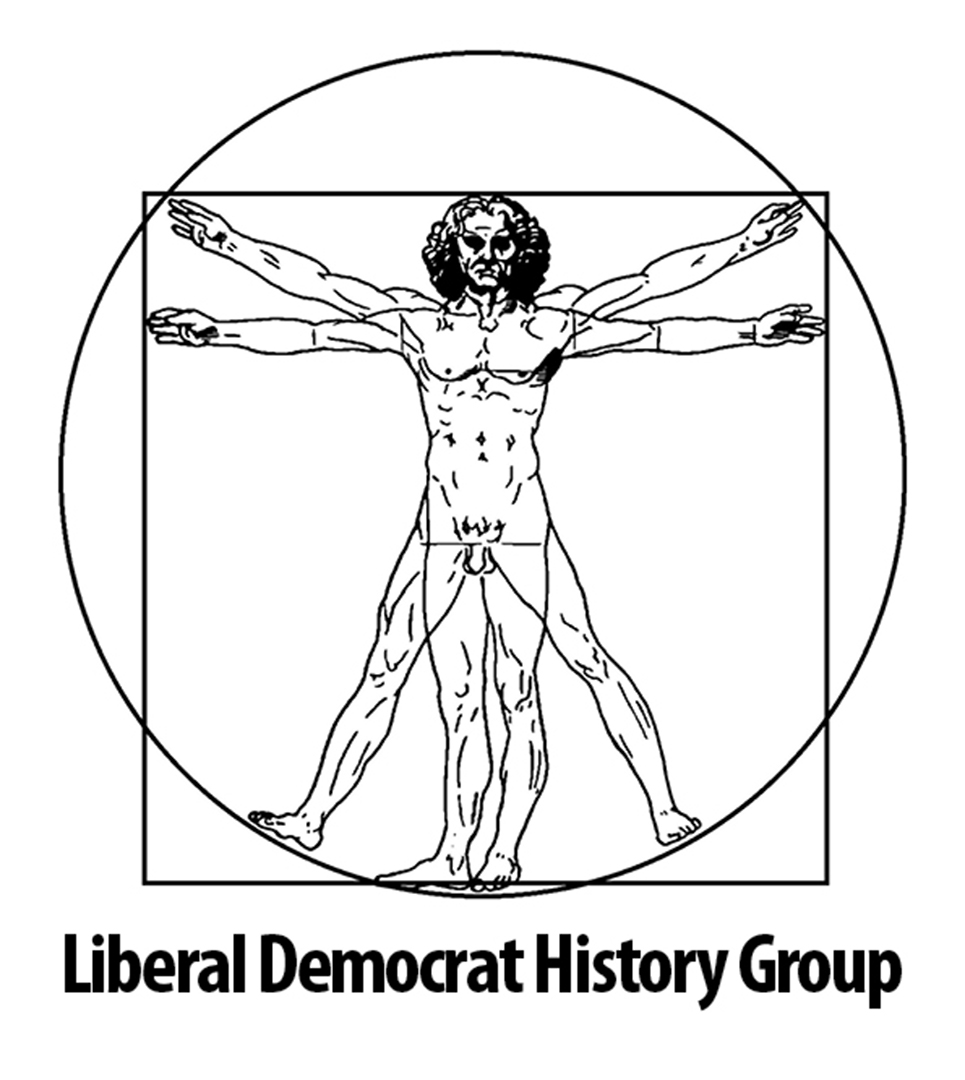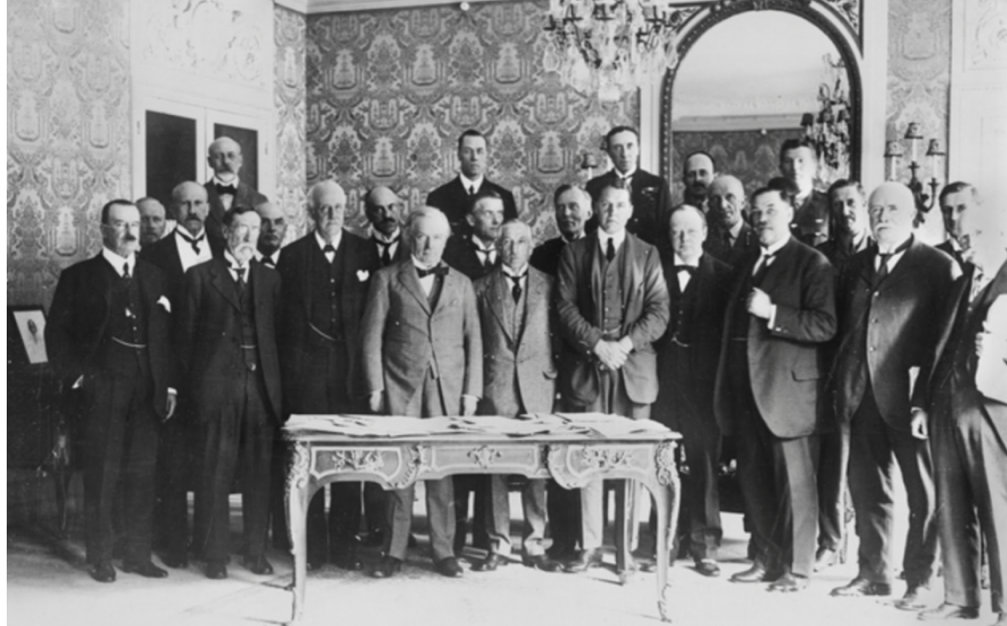Among the leading SDP figures, Roy Jenkins, Bill Rodgers and Shirley Williams all supported the proposed merger, but the remaining member of the Gang of Four, David Owen, was wholly against such a move, as were the other SDP MPs, with the exception of Charles Kennedy. Owen, who was then leader of the SDP, argued that his party’s outlook was fundamentally different to that of the Liberals on a number of issues, including defence policy, the miners’ strike and the market economy. Nevertheless on the 28th June, the SDP agreed to ballot its members on the future of the party.
It soon became clear that ordinary party members were equally divided over the prospect of merger. On the 6th August, 57.4% of the party voted in favour of merger as opposed to the 42.6% who voted against it, on a turnout of 77.7%. Nonetheless, a merger had been endorsed by a majority of the SDP and Owen described the vote as a folly and a great tragedy. He subsequently resigned the leadership of the Party to be replaced by Bob Maclennan on the 29th August, the only candidate in the field.
The SDP cemented their support for the merger at their Portsmouth conference on the 31st August, voting on a motion, proposed by Shirley Williams and amended by Charles Kennedy, in favour of merger. The event was a bitter one and several SDP members stormed from the stage in a rage when the vote was announced. Despite a plea from Williams, Owen remained indignant and abandoned the party to establish his own Campaign for Social Democracy.
Meanwhile, the Liberals had enthusiastically embraced the proposals for a merger at their Harrogate conference on the 17th September, by 998 votes to 21. Within a few days the negotiating teams had been chosen and talks began in earnest on the 28th September, stretching through until the middle of January 1988.
Crewe and King (SDP: the birth, life and death of the Social Democratic Party, 1995) claim that the discussions resembled a cross between the twilight of the gods and a feydean farce. It is certainly true to say that the merger negotiations are still associated with bitter arguments and old rivalries. The negotiating team for each party had around 17 people on each side, which only exacerbated the situation. Furthermore, the Liberal negotiating team was essentially a leaderless organisation of diverse individuals, which sharply contrasted with the SDP’s disciplined team, which operated under the close eye of Maclennan’s leadership.
A number of meetings took place over the course of the negotiations and the Guardian claimed that the parties had been involved in over 200 hours of negotiations by mid December. The meetings, which often became heated, were also particularly intense and often continued until the early hours of the morning.
A number of key issues caused particular contention within the negotiating teams. Neither side could agree on a new system for making policy. The SDP wanted the new party to hold all member ballots on major issues, in order to prevent militant activists hijacking the policy making process. In contrast, the Liberals wanted the policy process to remain firmly within the hands of delegates attending the party’s annual conference.
Negotiators were also unable to agree on a name for the new party. The Liberals wanted to keep the word ‘Liberal’, whilst the SDP wanted to incorporate the term ‘social democratic’. Both sides also struggled to reach agreement on the content of a constitution for the new party, with negotiators at odds over whether the role of NATO should be referred to in the pre-amble to the document. When the Liberal Party Council met at Northampton in December, they rejected the merger plans, refusing to accept ‘Alliance’, as a name, for the new party and condemning SDP proposals to feature a reference to NATO in the organisation’s constitution.
The situation still looked hopeless when the negotiators met at Cowley Street for their final deliberations on Tuesday 12th January at 2.30pm. By 8 o’clock that evening, the issue of NATO and the question of the new party’s name remained unresolved. The Liberal negotiator, Michael Meadowcroft stormed out of the talks over the NATO issue and abandoned his party for good, going on to form a breakaway Liberal Party of his own. His Liberal colleagues, Tony Greaves, Rachel Pitchford and Andy Millson also abandoned the talks that evening, after failing to reach an agreement with the SDP over a name for the new party.
Maclennan, the SDP leader, was furious at the behaviour of the Liberal negotiations and threatened to abandon merger altogether unless an agreement was reached immediately over the new party’s name and constitution. By the early hours, half of the negotiating team had resigned and the negotiators had still failed to reach agreement on the new party’s policy document. Nonetheless, by 4 am the negotiations were complete, ready for the press conference that would launch the new party the next day.
However, disaster struck again when details of the party’s policy document were leaked to the press. Liberal activists and MPs had been largely left in the dark about the proposals, which Steel had given Maclennan a relatively free hand to formulate. Steel’s Liberal colleagues were horrified at the controversial nature of the proposals, which included plans to impose VAT on children’s clothes and abolish universal child benefit. As a result, Steel and Maclennan were forced to withdraw the document at the eleventh hour, to the astonishment of the journalists assembled at the specially convened press conference to launch the new party. ‘If the Liberals and Social Democrats do finally reach the altar it will be despite, rather than because of the efforts of the two men who originally appointed themselves the marriage brokers’, declared the Observer.
Nonetheless a new policy programme was hurriedly issued on the 18th January, along the lines of the 1987 Alliance manifesto and on the 23rd, the Liberals assembled at Blackpool where they finally voted to approve the merger by 2099 votes to 385. A week later, the SDP held a bitter debate in Sheffield, approving the merger by 273 votes to 28, with 49 abstentions. The new Social and Liberal Democratic Party was subsequently born on the 3rd March 1988.
Although the negotiations had finally resulted in the creation of a new political party, the bitterness of the talks meant that a number of supporters on both sides abandoned their respective parties over the course of the merger and to some extent, the Liberal Democrat Party continues to bear the scars of the process to this day.

